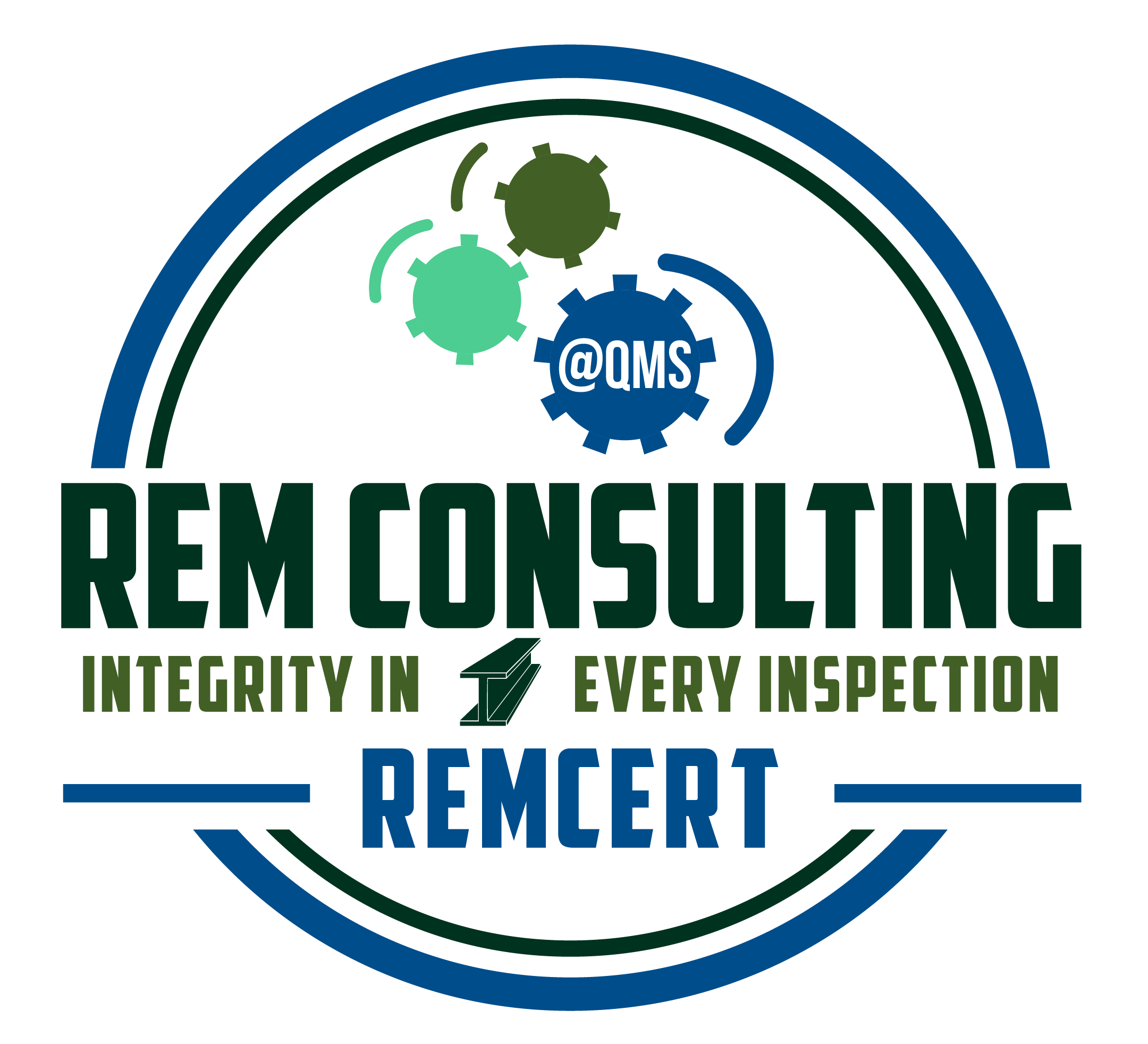Industrial projects, whether in construction, manufacturing, or refinery operations, involve complex processes, heavy machinery, and high-risk environments. Ensuring safety is a top priority, but several challenges make it difficult to maintain a secure worksite. Understanding these challenges and implementing effective solutions is essential to prevent accidents, protect workers, and ensure compliance with safety regulations.
1. Inadequate Safety Training
One of the biggest safety challenges in industrial projects is insufficient training for workers. Many accidents occur due to a lack of knowledge about proper safety procedures, equipment handling, and emergency protocols.
Solution: Companies must implement ongoing safety training programs, ensuring that all employees, from entry-level workers to managers, are well-versed in safety practices. Regular safety drills, refresher courses, and hands-on demonstrations can reinforce critical safety measures.
2. Poor Hazard Identification and Risk Assessment
Industrial sites are filled with potential hazards, from heavy machinery to electrical risks. Failing to identify and mitigate these hazards can lead to serious injuries or fatalities.
Solution: Conducting thorough risk assessments before and during a project helps in identifying potential dangers. Using safety checklists, hazard mapping, and real-time monitoring can minimize risks. A dedicated safety officer should oversee risk assessments and ensure corrective actions are taken immediately.
3. Lack of Proper Personal Protective Equipment (PPE)
Many accidents result from inadequate PPE usage. Workers may not have access to proper gear, or they may neglect to wear it due to discomfort or lack of enforcement.
Solution: Employers must ensure that all workers have access to high-quality PPE, including helmets, gloves, protective eyewear, and respiratory masks. Regular PPE inspections and strict enforcement of safety policies can prevent unnecessary injuries.
4. Equipment Malfunctions and Maintenance Issues
Faulty equipment is a leading cause of workplace accidents. When machinery is not properly maintained, it increases the risk of mechanical failures, leading to severe injuries.
Solution: Implementing a strict maintenance schedule and performing routine equipment inspections can prevent breakdowns. Companies should also train workers to recognize early warning signs of equipment failure and report them immediately.
5. Non-Compliance with Safety Regulations
Regulatory bodies such as OSHA, ASME, and AWS set strict safety standards, but failure to comply with these regulations can result in legal penalties and unsafe work conditions.
Solution: Companies must stay updated with the latest safety regulations and integrate them into their safety protocols. Hiring third-party auditors to conduct regular compliance checks can help ensure adherence to industry standards.
6. Fatigue and Human Error
Long work hours and high-pressure environments contribute to worker fatigue, increasing the likelihood of mistakes that lead to accidents.
Solution: Enforcing mandatory break periods and shift rotations can help prevent fatigue-related errors. Encouraging workers to report fatigue and stress can also improve workplace safety.
Takeaway
Addressing these safety challenges requires a proactive approach, including proper training, risk assessment, PPE enforcement, equipment maintenance, and compliance monitoring. By prioritizing safety, industrial companies can create a secure work environment that protects both workers and project success.



